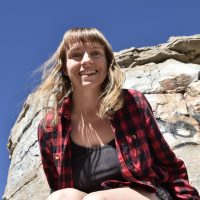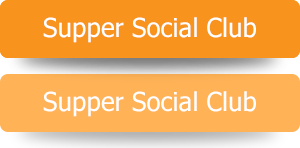Year One on the Spectrum: Reflections from a Late-Diagnosed Autistic

By: Erin J. Green
When you see the word “autistic,” what thoughts come into your mind? Who do you picture being described by this word? Would you be surprised to hear someone talk about being autistic, and that they spent decades of their life not even knowing it? As recently as two years ago, I would have probably been one of those people that would be surprised to hear someone say they found out they were on the autism spectrum in their 30s, but then just after turning 34, I got the “news” that I too am on this wide and usually misunderstood spectrum of neurodivergence, and I’d slipped through the cracks the entire time.
While on one level I was happy to know that finally I knew why I struggled so much with things like relating to other people or even keeping a steady job, on another level I was not only confused but deeply saddened and hurt. Why had seemingly everyone missed this, and why had I been left to suffer through these mystery symptoms alone? I tried to make sense of it, learning as much as I could about autism to make up for lost time, and it didn’t take me long to find out that apparently I’m not alone, because being a spectrum, autism shows up in different forms, especially when you’re a girl.
Learning that my case wasn’t unusual got me thinking about what autism really is, and who defines it. You don’t have to look very far to see that most people diagnosed early in life have the privilege of being white, male, and usually upper or middle class. Autism doesn’t affect only one (very selective) group of people, yet I’ve noticed that when most people think about autistic people, it’s usually people in that group. Even the white males who do get diagnosed early aren’t treated fairly, as they are depicted as either nothing more than a burden to their families or only as valuable as their talents can be to serving a neurotypical majority.
It doesn’t need to be this way. Autism needs a new face, and that face is in fact more than one face, because we are everywhere and can be anyone. At first I refused to believe that I was really autistic, because I don’t behave in the same way as the few autistic people I did know, but had I not been given such a narrow definition of what it really means to be autistic, I would not have had such a knee-jerk reaction in those first few sensitive months of knowing the truth.
While I still struggle every day with making sense of my neurodivergence and will always be at least somewhat bitter about not knowing about it for so long, my Year One of identifying as autistic has shown me the importance of being authentic and also informed, because that is the only way we will see new faces come to mind when people think of autism.













